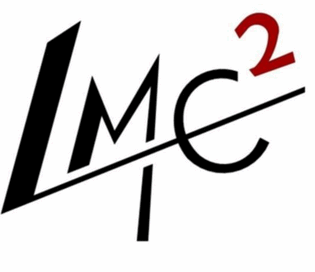
PhD Thesis
Experimental and numerical study on the mechanical behavior of TRC pre-impregnated in a dry way
Abstract
Textile Reinforced Concrete (TRC) is a composite of textile structures made of multi-filament yarns (rovings) within a cementitious matrix. Thanks to the use of a mineral matrix, the interests are multiple: ecological product because it is recyclable, non-toxicity, availability of raw materials. Thus, these composites are widely developed these last years in the field of reinforcement and/or repair of civil engineering structures. The aim of this project is the study of TRC pre-impregnated in a dry way. This innovative process of dry impregnation is based on the use of an alternating electrostatic field which allows to impregnate in a dry way, binder and /or functional powder into textile reinforcements. This technology provides an extremely homogeneous distribution of powder. This increases the mechanical performance of the material. Two parts will be studied in this project:
- The experimental part includes: a parametric study to optimize the dispersion of powder within the textile; a study of a powder fixation process in textile reinforcements; a study of the hydration of the cementitious powder (homogeneity, sensitivity to dispersion of the powder); a characterization of the mechanical properties (tensile tests); Microscopic observations of the semi- finished product and the final product by X-ray tomography or Scanning Electron Microscopy.
- The numerical part includes: identification of the final product behavior by numerical homogenization using the microstructure observed in the experimental part and multi – scale modeling; identification of the parameters of behavior law by inverse problems solving using displacement fields obtained by the image correlation method. Comparison and validation with the numerical homogenization model. The final aim of the thesis is the development and the integration of a behavior model adapted to TRC in a numerical calculation code. The model developed will need to take into account damage mechanisms, micro-cracking of the micro-concrete and fiber/micro-concrete interface delamination, through the introduction of damage variables which have physical meaning.
Advisors
- Thouraya NOURI BARANGER
- Marie MICHEL
- Emma LANOYE
Beginning and end of the PhD thesis
01/10/2016 – 30/09/2019
Teaching activities
…
